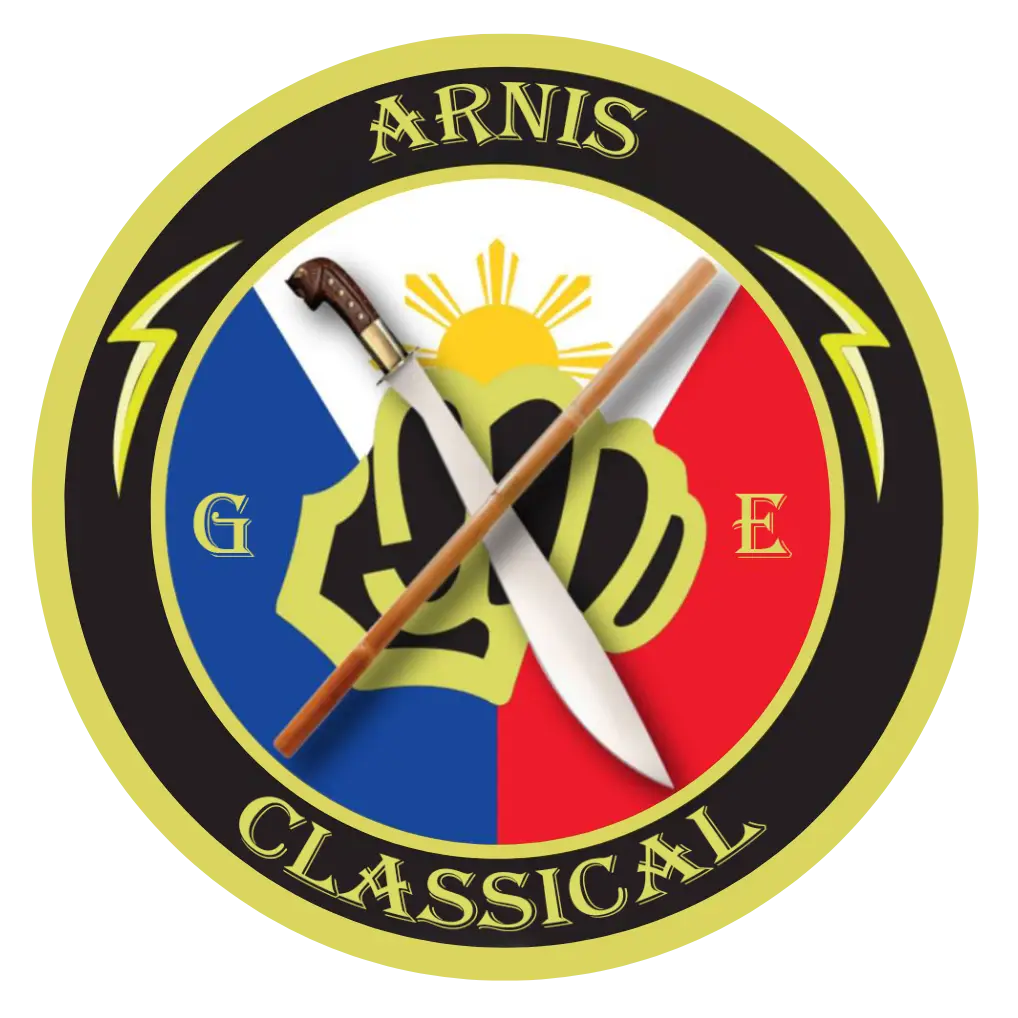arnis/eskrima and karate
ARNIS/ESKRIMA
Arnis/Eskrima (also known as Kali) is a traditional Filipino martial art that focuses on weapon-based fighting with sticks, knives, bladed weapons, and various improvised tools. It also includes empty-hand techniques such as striking, grappling, and disarming. Practitioners often begin training with weapons before progressing to unarmed combat, emphasizing speed, precision, and fluid movement. This martial art is deeply rooted in Filipino culture and history, often passed down through generations. In the Philippines, Arnis was officially declared the national martial art and sport through Republic Act No. 9850 in 2009. It is practiced both for self-defense and as a competitive sport, with tournaments held locally and internationally.
knife defense
Knife defense refers to techniques and strategies used to protect oneself against an armed attacker with a knife. It includes: Awareness and avoidance Defensive positioning and movement Blocking, redirecting, or controlling the knife arm Escaping or disabling the attacker Using improvised weapons or environment for safety
knife disarming
Knife disarming is the act of removing the knife from the attacker's control, typically after gaining an advantage through positioning, control, or distraction. It includes: Joint locks or trapping techniques Leverage-based disarms (e.g., twisting the wrist) Stripping or stripping with force Timing and precision to avoid injury --- Disarming is considered high-risk and is usually taught only after mastering basic knife defense and control.
Empty-Hand Combat (Panuntukan)
Panuntukan, also known as Filipino Boxing or Dirty Boxing, is the empty-hand striking component of Filipino Martial Arts. It focuses on realistic street-oriented self-defense using: Punches, elbows, knee strikes, and headbutts Off-balancing, limb destruction (e.g., hitting the attacker’s arms), and joint manipulation Foot traps, sweeps, and clinch work Integration with weapons-based movements and flow from Eskrima/Kali Panuntukan emphasizes fluid movement, close-range combat, and improvisation, making it highly adaptable for self-defense situations.
single and double stick
Single and double stick training are forms of weapon-based martial arts, often associated with Filipino Martial Arts (FMA) like Eskrima, Kali, or Arnis. Here's a brief definition of each: --- Single Stick Training This involves training with one stick, typically made of rattan. It focuses on: Strikes (angles and targets) Blocks and parries Footwork Disarms and counters Flow drills (e.g., Sinawali or Sumbrada) Double Stick Training This uses two sticks, one in each hand, and emphasizes: Coordination and ambidexterity Simultaneous striking and blocking Rhythmic patterns and flow (like double Sinawali) Advanced footwork and body mechanics Disarming with either hand --- Both methods develop timing, reflexes, and spatial awareness, and can be applied to empty-hand techniques as well.
Cultural immersion in Filipino Warrior Arts
Cultural immersion in Filipino Warrior Arts is the process of fully engaging with the traditions, values, practices, and historical context of martial arts systems such as Arnis, Eskrima, and Kali. It involves not only learning combat techniques but also understanding the cultural heritage, indigenous philosophy, language, rituals, and community values that shape and preserve these arts.
Real-World Self-Defense Techniques
Real-world self-defense techniques are practical, efficient methods designed to protect yourself during actual threats or attacks in everyday situations. These techniques emphasize: Situational awareness and de-escalation Quick, simple movements under stress (strikes, escapes, blocks) Defending against common attacks (grabs, punches, chokes, weapons) Use of environment (barriers, exits, improvised tools) Legal and ethical considerations in self-protection These techniques focus on survival and escape, not prolonged fighting, and are usually drawn from systems like Krav Maga, Filipino Martial Arts, or street-based combatives.
Subscribe to Our Newsletter
With affiliates and partners across Asia, Europe, and the Middle East, we bring world-class standards and accreditation to every student—whether you train with us onsite in the UAE or online across the globe.


